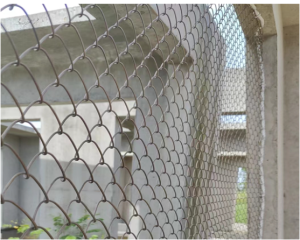Deep-sea aquaculture nets are essential for protecting cultured organisms. The commonly used materials include nylon, polyethylene (PE), polypropylene (PP), and copper alloy. Here’s a comparison of the advantages and disadvantages of each material:
1. Nylon Net
Advantages:
- High Strength: Nylon has excellent tensile strength and impact resistance.
- Good Flexibility: Can adapt to fluctuations in deep-sea environments.
- UV Resistance: Relatively resistant to UV rays, suitable for long-term use.
Disadvantages:
- High Water Absorption: Prolonged immersion may affect its strength.
- Higher Cost: More expensive compared to other materials.
2. Polyethylene (PE) Net
Advantages:
- Strong Corrosion Resistance: Good resistance to saltwater and chemicals.
- Lightweight: Relatively light, easy to install and handle.
- Moderate Cost: Cost-effective and budget-friendly.

Disadvantages:
- Lower Strength: May not be strong enough in extreme conditions.
- Poor UV Resistance: Long-term exposure to sunlight may lead to degradation.
3. Polypropylene (PP) Net
Advantages:
- High Abrasion Resistance: Suitable for high-wear environments.
- Lightweight: Also easy to handle and install.
- Low Cost: A common and economical choice.

Disadvantages:
- Poor UV Resistance: Susceptible to degradation from sunlight exposure.
- Insufficient Strength: May deform or break in deep-sea conditions.
4. Copper Alloy Net
Advantages:
- Excellent Corrosion Resistance: Suitable for harsh marine environments and has a long lifespan.
- High Strength: Can withstand considerable pressure and weight.
- Antimicrobial Properties: Helps in reducing the growth of harmful organisms.
Disadvantages:
- Heavy Weight: Heavier than other materials, complicating installation and transport.
- Higher Cost: Generally a more significant investment compared to other options.

Summary
When selecting a net material for deep-sea aquaculture, factors such as the specific farming environment, budget, cultured species, and long-term reliability must be considered. Based on the overall comparison, polyethylene and polypropylene are suitable for most economic aquaculture operations, while nylon and copper alloy are better suited for high-strength and corrosion-resistant requirements. Choosing the right material according to actual needs can enhance farming efficiency and economic benefits.
